Researchers at ORNL are developing a method of packing more circuitry into a smaller space on these silicon wafers. Referred to as 100-nanometer lithography, the term reflects the feature resolution required to pack extremely tiny circuits directly onto the microchip wafers. Recent improvements in optical lithography, however, have pushed the requirements for next-generation lithography closer to 70- or 50-nanometer feature size.
Nov 18th, 2010
Read more
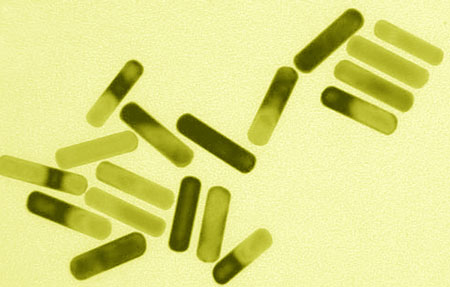 Several nanoparticle drugs are now in clinical trials, and many more are being developed in research labs. These particles hold great potential to improve the performance of existing cancer drugs.
Several nanoparticle drugs are now in clinical trials, and many more are being developed in research labs. These particles hold great potential to improve the performance of existing cancer drugs.
Nov 18th, 2010
Read more
As researchers across the globe peel away layer after layer of potential application, Milan Begliarbekov, a doctoral candidate at Stevens Institute of Technology, has found some unique applications for graphene.
Nov 18th, 2010
Read more
Im Verbundprojekt TIGeR untersuchen Spezialisten des INM - Leibniz-Institut fuer Neue Materialien, der Uni des Saarlandes, des Fraunhofer-Instituts fuer Werkstoffmechanik sowie des Karlsruher Instituts fuer Technologie, wie einatomige Schichten aus Kohlenstoff das Reibverhalten von Materialien vermindern oder beeinflussen und so kuenftig noch genauere Bewegungen im Nanometer-Bereich ermoeglichen.
Nov 18th, 2010
Read more
Scientists in Germany have developed a way of smuggling an anti-cancer drug past the protective blood-brain barrier and into brain tumours and metastases using a nanocarrier - a tiny capsule specially designed to pass through cell membranes and deliver its anti-cancer drug to the cancer cell.
Nov 18th, 2010
Read more
Pittcon 2011 announces the highlights of the 22nd James L. Waters Annual Symposium, 'The Development and Application of Instrumentation in Electron and Ion Microscopy'.
Nov 18th, 2010
Read more
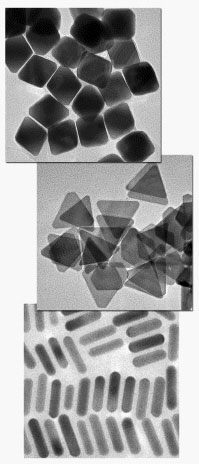 DNA can do more than direct how bodies are made - it can also direct the composition of many kinds of materials, according to a new study.
DNA can do more than direct how bodies are made - it can also direct the composition of many kinds of materials, according to a new study.
Nov 18th, 2010
Read more
Tecnalia, through its Construction Unit, aims to increase the efficiency, reduce execution times and cut operational costs associated with remedial solutions for contaminated sites and for building development itself.
Nov 17th, 2010
Read more
Researchers at Queen's University have discovered the method for studying oxygen in large molecular systems. The findings will help in the study of proteins, DNA, RNA and other molecular structures.
Nov 17th, 2010
Read more
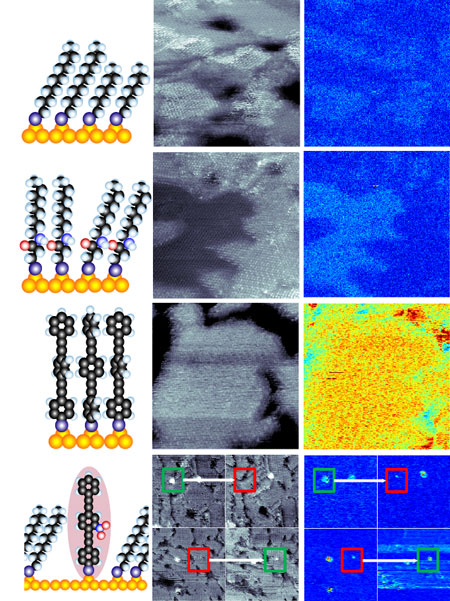 New experimental test of buried contacts paves the way for molecular devices.
New experimental test of buried contacts paves the way for molecular devices.
Nov 17th, 2010
Read more
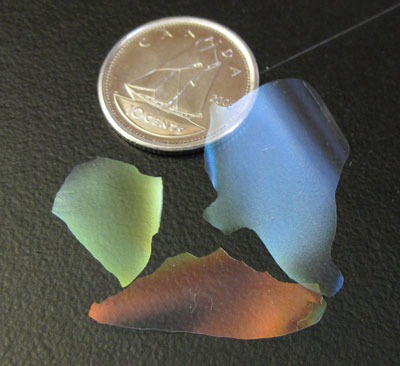 Using nanocrystals of cellulose, the main component of pulp and paper, chemistry researchers at the University of British Columbia have created glass films that have applications for energy conservation in building design because of their ability to reflect specific wavelengths of light, such as ultra violet, visible or infrared.
Using nanocrystals of cellulose, the main component of pulp and paper, chemistry researchers at the University of British Columbia have created glass films that have applications for energy conservation in building design because of their ability to reflect specific wavelengths of light, such as ultra violet, visible or infrared.
Nov 17th, 2010
Read more
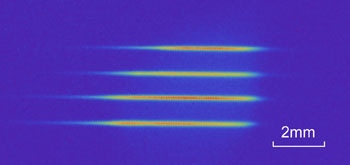 Researchers at the California Institute of Technology (Caltech) have demonstrated quantum entanglement for a quantum state stored in four spatially distinct atomic memories.
Researchers at the California Institute of Technology (Caltech) have demonstrated quantum entanglement for a quantum state stored in four spatially distinct atomic memories.
Nov 17th, 2010
Read more
University research suggests that industrial manufacturers using nanoparticles should be aware of the risks that different types of nanoparticles pose to workers who handle them.
Nov 17th, 2010
Read more
HELIOS consortium developing building blocks and processes to accelerate adoption of silicon photonics.
Nov 17th, 2010
Read more
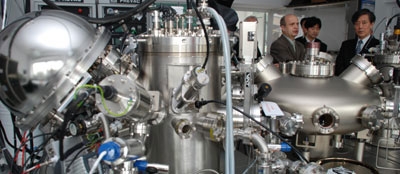 The research on materials' surface layers with spectroscopic methods, extremely important for nanotechnology, material engineering, microelectronics and many other areas, requires knowledge of certain physical parameters that are available in the databases distributed by the US National Institute of Standards and Technology (NIST). Used by the researchers worldwide, several of these databases are being developed by Prof. Aleksander Jablonski from the Institute of Physical Chemistry of the Polish Academy of Sciences.
The research on materials' surface layers with spectroscopic methods, extremely important for nanotechnology, material engineering, microelectronics and many other areas, requires knowledge of certain physical parameters that are available in the databases distributed by the US National Institute of Standards and Technology (NIST). Used by the researchers worldwide, several of these databases are being developed by Prof. Aleksander Jablonski from the Institute of Physical Chemistry of the Polish Academy of Sciences.
Nov 17th, 2010
Read more
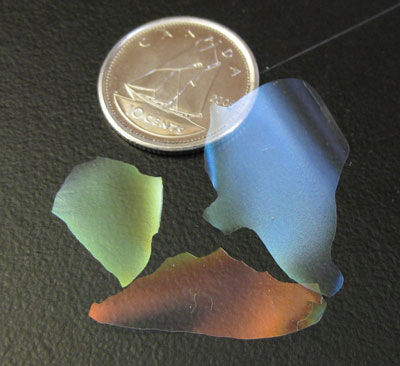 Imec, together with its partners within the European FP6 Program NeuroProbes, has created a new neural probe enabling electrical and chemical recording and stimulation of single neurons in the brain. Applications of the new technology are vast, ranging from tools for fundamental research on the functioning of the brain, to instruments for more precise diagnosis of brain seizures before brain-surgery.
Imec, together with its partners within the European FP6 Program NeuroProbes, has created a new neural probe enabling electrical and chemical recording and stimulation of single neurons in the brain. Applications of the new technology are vast, ranging from tools for fundamental research on the functioning of the brain, to instruments for more precise diagnosis of brain seizures before brain-surgery.
Nov 17th, 2010
Read more








 Subscribe to our Nanotechnology News feed
Subscribe to our Nanotechnology News feed